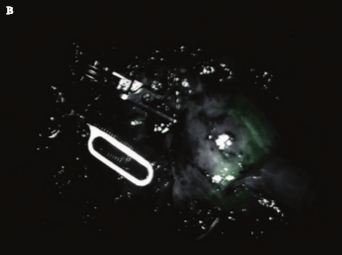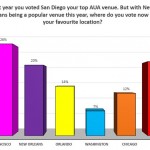Article of the Week: Renal Function is the same regardless of clamp technique 6 months after RAPN
Every Week the Editor-in-Chief selects the Article of the Week from the current issue of BJUI. The abstract is reproduced below and you can click on the button to read the full article, which is freely available to all readers for at least 30 days from the time of this post.
In addition to the article itself, there is an accompanying editorial written by a prominent member of the urological community. This blog is intended to provoke comment and discussion and we invite you to use the comment tools at the bottom of each post to join the conversation.
Finally, the third post under the Article of the Week heading on the homepage will consist of additional material or media. This week we feature a video from Prof. Rha, discussing his paper.
If you only have time to read one article this week, it should be this one.
Renal Function is the same regardless of clamp technique 6 months after Robot-assisted Partial Nephrectomy: Analysis of Off-Clamp, Selective Arterial Clamp and Main Artery Clamp with minimum of 1 year follow-up.
OBJECTIVE
To compare the renal functional outcomes, with >1 year of follow-up, of patients who underwent robot-assisted partial nephrectomy (RAPN) performed with different clamping techniques.
PATIENTS AND METHODS
The peri-operative data of patients undergoing RAPN performed with different clamping techniques were retrospectively analysed (group 1: off-clamp, n = 23; group 2: selective clamp, n = 25; group 3: main artery clamp, n = 114). The main outcome measures were postoperative serum creatinine level, estimated glomerular filtration rate (eGFR) and percentage change in eGFR, the data for which were collected at periodic intervals during the first 12 months and annually thereafter, in addition to late eGFR value. Only patients with >1 year of follow-up were included in the analysis.
RESULTS
The baseline characteristics of groups 2 and 3 were similar, while patients in group 1 had smaller sized tumours and lower tumour complexity. The median follow-up periods were 45 (group 1), 20 (group 2) and 47 (group 3) months. The median clamping times were 24.8 min in the main artery clamp and 18 min in the selective artery clamp groups. Group 2 had greater median blood loss volume (100 vs 500 vs 200 mL for groups 1, 2 and 3, respectively; P < 0.01) and a longer length of hospital stay (3 vs 4 vs 3 days for groups 1, 2 and 3, respectively; P = 0.02). No significant differences were found among the groups with regard to transfusion rates, positive surgical margin rates, complications, recurrence or mortality rates. Groups 1 and 2 had significantly less deterioration of postoperative renal function during the first 3 months after surgery (P = 0.04; percent change in eGFR −1.5, −2 and −8% for groups 1, 2 and 3, respectively), but this beneficial outcome was not observed after 6 months or for the latest eGFR measurement (P = 0.48; latest percent change in eGFR −3, −6 and −3.5% for groups 1, 2 and 3, respectively). In regression analysis, baseline eGFR, type of clamp procedure and tumour complexity score were predictive of normal renal function 7 days after surgery, while only baseline eGFR and age could predict it 1 year postoperatively.
CONCLUSIONS
Off-clamp and selective artery clamp techniques result in superior short-term renal functional outcomes compared with the main artery clamp approach; however, after the 6th postoperative month, there were no significant differences regarding the functional outcome among the above surgical techniques, as long as the warm ischaemia time was 20–30 min.



